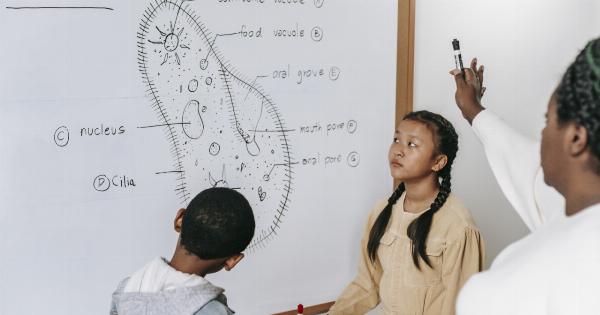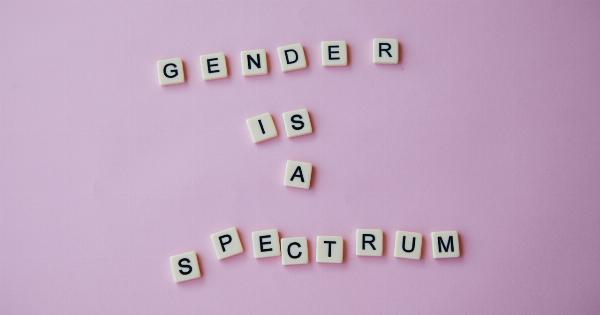Monogamy, the practice of having only one sexual or romantic partner at a time, has been a prevalent relationship model in many societies throughout history.
However, considering the prevalence of infidelity, divorce rates, and alternative relationship structures, it begs the question: Are human beings wired for monogamous relationships? This article delves into the biological, evolutionary, and societal factors that influence our mating behaviors.
The evolution of monogamy
When examining the concept of monogamy, it is important to consider its evolutionary origins. From an evolutionary perspective, many species engage in a variety of mating strategies.
Some species practice monogamy, while others engage in polygamy or promiscuity. The mating system observed in a species is often influenced by several factors, including environmental conditions, availability of resources, and competition for mates.
In terms of human evolution, the debate around monogamy is complex. Some argue that humans possess a natural inclination towards monogamy due to our social structures and the need for cooperation in rearing offspring.
Others propose that humans, like other primates, are genetically programmed for polygamy, and monogamy is a relatively recent social construct.
Biological factors and monogamy
Biologically speaking, monogamous relationships can be influenced by several factors. One such factor is the release of hormones, such as oxytocin.
Oxytocin, often referred to as the “love hormone,” is associated with bonding, trust, and attachment. Research suggests that its release increases during intimate and long-term relationships, potentially promoting monogamous behaviors.
Additionally, genetic factors might also play a role in monogamy. Certain gene variations, such as variations in the vasopressin receptor gene, have been linked to differences in social bonding and fidelity in both males and females.
These genetic variations may contribute to individual differences in the ability to form and maintain monogamous relationships.
Evolutionary psychology and monogamy
Evolutionary psychology offers insights into the possible evolutionary roots of monogamous behavior. One prominent theory suggests that men tend to be less monogamous due to their evolutionary drive to spread their genes as widely as possible.
This theory argues that men seek multiple partners to increase their chances of producing offspring and passing on their genetic material.
On the other hand, women may have evolved to prioritize emotional bonding and long-term commitment in relationships due to the inherent risks associated with pregnancy and child-rearing.
By establishing a stable partnership, women may increase their chances of receiving essential resources and support for their offspring.
Societal influences on monogamy
While biological and evolutionary factors provide some insights into monogamous behavior, societal influences also shape our relationship patterns.
Cultural norms, religious beliefs, and legal frameworks play a significant role in promoting and enforcing monogamy in various societies. In some cultures, monogamy is highly valued and expected, even if infidelity and alternative relationship styles exist.
Furthermore, the rise of modern contraception has partially decoupled sexual activity from procreation, providing individuals with more choices in pursuing their sexual desires.
This freedom has led to shifting attitudes towards monogamy, with some individuals opting for open relationships or polyamory.
The complexities of human behavior
Understanding human mating behavior is a complex endeavor. It is essential to recognize that humans are not solely guided by biology or genetics but are also influenced by cultural and personal factors.
While some individuals may possess a predisposition towards monogamous relationships, others may have inclinations towards polyamory, open relationships, or non-monogamy.
Additionally, it is crucial to acknowledge that not all monogamous relationships are successful, and not all non-monogamous relationships are doomed to fail.
The success of a relationship depends on various factors, including communication, trust, and mutual agreement.
Alternative relationship structures
In recent years, alternative relationship structures have gained more recognition and acceptance.
Polyamory, for example, involves having multiple consensual romantic or sexual relationships simultaneously, with the knowledge and consent of all parties involved. Open relationships, swinging, and other non-monogamous arrangements also challenge the traditional notion of monogamy.
While monogamy may be the most prevalent relationship model, it is crucial to acknowledge and respect the validity of different consensual relationship structures.
Not everyone is wired for monogamy, and individuals should have the freedom to explore and define the relationship model that suits their needs and desires.
The future of monogamy
The concept of monogamy has evolved over time and continues to do so. As societal attitudes shift and evolve, the definition and practice of monogamy may change as well.
It is essential to recognize that different individuals have different relationship preferences and needs.
In conclusion, determining whether human beings are naturally wired for monogamous relationships is a complex and multifaceted question.
While biological factors, such as hormones and genetics, may influence our inclination towards monogamy, societal norms and personal preferences also play significant roles. The diversity of human behavior suggests that there is no one-size-fits-all answer in the realm of relationships. Being open-minded and respectful towards different relationship structures allows for a more inclusive and understanding society.






























